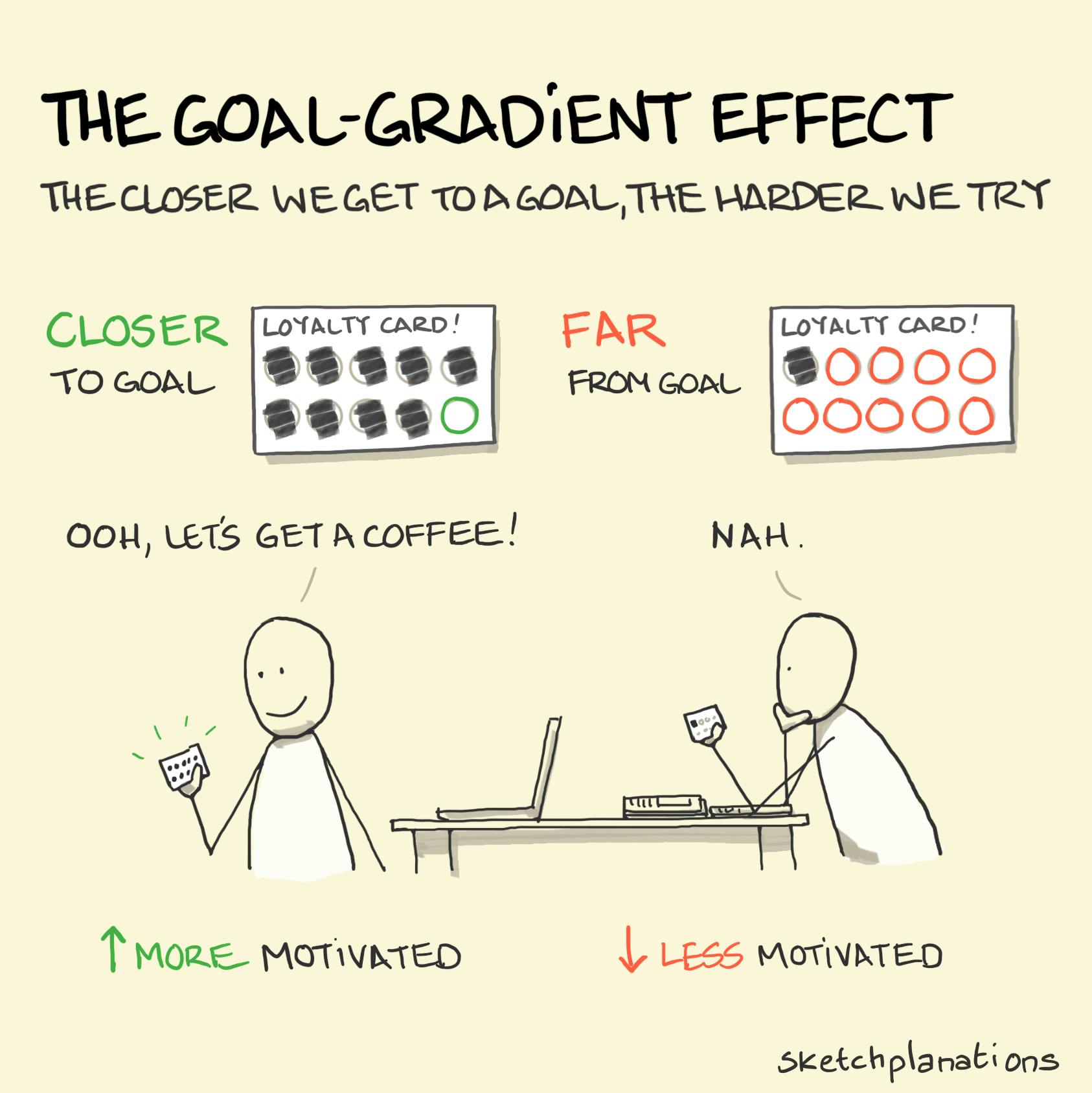
Hitched to everything else in the universe
It all matters. Be it one person, one bird, or one tree. We are all connected. As John Muir wrote in My First Summer in the Sierra: "As soon as we take one thing by itself, we find it hitched to everything else in the universe." — John Muir Take care of each other. The sketch is Heart Lake in his beloved Sierra Nevada, and one of my favourite ever spots to camp. A related thought:
"Not till we are lost, in other words not till we have lost the world, do we begin to find ourselves, and realize where we are and the infinite extent of our relations." — Henry David Thoreau I updated this sketch into a two-page spread (along with many others) for my book Big Ideas Little Pictures Related Ideas to Hitched to Everything Else in the Universe Also see: Going Out Was Really Going In—John Muir Time Hierarchy The Overview Effect…It all matters. Be it one person, one bird, or one tree. We are all connected. As John Muir wrote in My First Summer in the Sierra: "As soon as we take one thing by itself, we find it hitched to everything else in the universe." — John Muir Take care of each other. The sketch is Heart Lake in his beloved Sierra Nevada, and one of my favourite ever spots to camp. A related thought:
"Not till we are lost, in other words not till we have lost the world, do we begin to find ourselves, and realize where we are and the infinite extent of our relations." — Henry David Thoreau I updated this sketch into a two-page spread (along with many others) for my book Big Ideas Little Pictures Related Ideas to Hitched to Everything Else in the Universe Also see: Going Out Was Really Going In—John Muir Time Hierarchy The Overview EffectWWW…
Read more…





